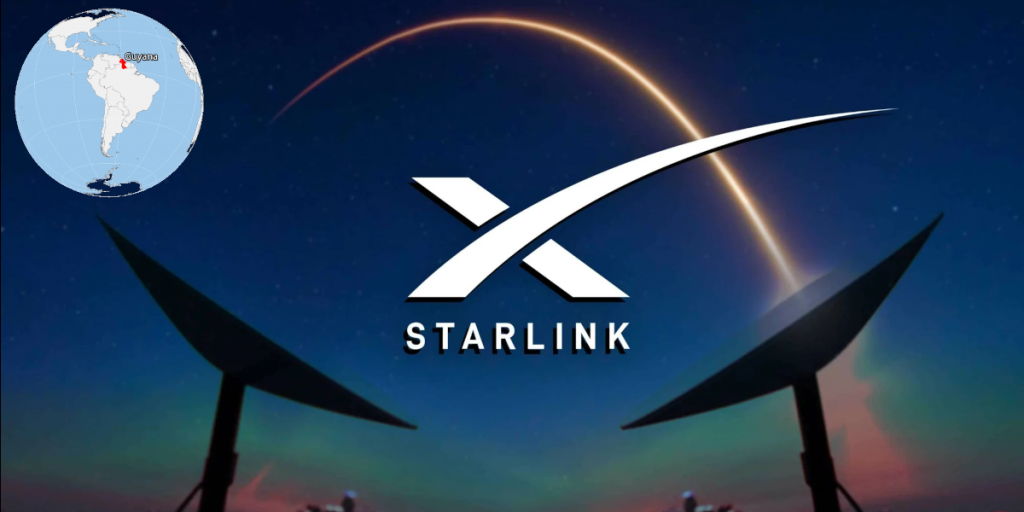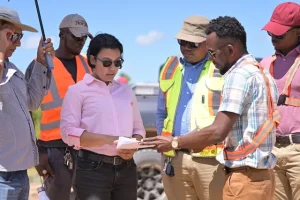Bridging the Digital Divide: Guyana’s Leap with Starlink’s High-Speed Internet Revolution

Photo by allguyana.com
Guyana is on the brink of a high-speed internet revolution with the introduction of Starlink, a satellite internet service developed by Elon Musk’s SpaceX. This technology promises to provide fast, reliable, and affordable internet access to even the most remote areas of the country, enabling Guyana to embrace the digital age and overcome its previous challenges.
In the past, Guyana has faced issues with slow and unreliable internet connections, which have hindered its economic growth and development. With an estimated internet penetration rate of only 40%, many rural regions lack connectivity, creating a digital divide. This divide has deprived Guyanese citizens of essential services such as healthcare and education, and has impeded the growth of local businesses that depend on online platforms to reach their customers and suppliers.
The introduction of Starlink to Guyana is set to change this situation. This satellite internet service, which underwent beta testing in 2020, has already demonstrated impressive speeds and low latency in countries like the United States, Canada, and the United Kingdom. In Guyana, it is expected to provide internet speeds of up to 150 Mbps, a significant improvement compared to the current average of around 5 Mbps.
A key advantage of Starlink’s satellite internet service is its ability to reach remote and underserved areas. In Guyana, this means that even communities in the vast interior, previously isolated from the digital world, will now have access to high-speed internet. This not only enhances the quality of life for these communities but also creates new economic opportunities as businesses and entrepreneurs can tap into global markets and access abundant online resources.
Furthermore, the arrival of Starlink in Guyana is likely to foster competition in the local telecommunications market, which has long been dominated by a small number of providers. With more options available to consumers, prices are expected to decrease, making internet access more affordable for a wider population. This will help bridge the digital divide and ensure that all Guyanese citizens can actively participate in the digital economy.
Apart from the economic advantages, Starlink’s high-speed internet service has the potential to revolutionize education and healthcare in Guyana. Improved connectivity will allow schools and universities to offer online courses and resources, granting students access to a broader range of educational opportunities. Similarly, healthcare providers can utilize telemedicine to consult with specialists and access up-to-date medical information, ultimately enhancing the quality of care for patients residing in remote areas.
However, the introduction of Starlink in Guyana is not without its challenges. Critics have raised concerns about the potential environmental impact of the satellite network and the increased risk of space debris. Additionally, there are questions regarding the long-term sustainability of the service due to the high costs associated with launching and maintaining the satellite network.
Despite these concerns, it is challenging to overlook the potential benefits of Starlink’s high-speed internet service for Guyana. By embracing this state-of-the-art technology, the country has the opportunity to bypass traditional telecommunications infrastructure and expedite its digital transformation. In doing so, Guyana can unlock new economic opportunities, improve the quality of life for its citizens, and position itself as a leading player in the digital age.





